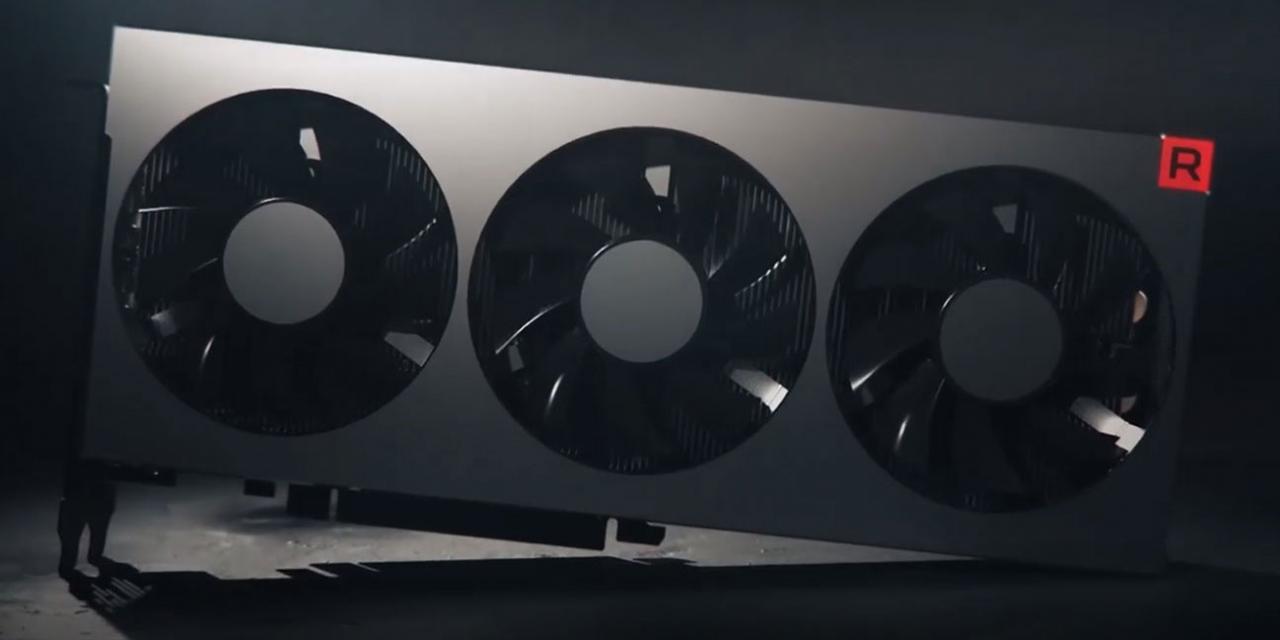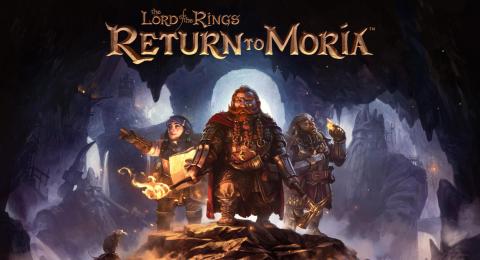
AMD's first high-end graphics card since 2017's Vega 64 and the world's first 7nm GPU, the Radeon VII, is finally here. Just one month after being announced at CES 2019, the RTX 2080 competitor card is ready for sale and the reviews are in.
With a price tag of $700, the Radeon VII needed to be directly competitive with the RTX 2080. It is, but that's not the whole story.
Reviewers found that in DX12 and Vulkan games the Radeon VII was competitive or even more powerful than the RTX 2080 by a few percent points, but in DX11 games it tended to fall behind. This was less pronounced at 1440P and 4K, but the Radeon VII struggled the most at 1080P.
Fortunately that's not a huge problem as this is a high-end card and would be overkill for most gaming setups at that resolution. However, it does also draw more power and it gets quite loud during gaming, which for a three-fan card is somewhat disappointing.
AMD clearly put all of its additional headroom from the 7nm die shrink into upping clock speeds and nothing into reducing power draw. It does run a little cooler than the Vega 64, but not by much.
Overclocking the Radeon VII isn't easy. Even famed overclocker Der8auer ran into difficulties moving power sliders or clock speeds by even small amounts. Limited to Wattman for making adjustments, purportedly due to the way the card is designed, he ended up needing to use extreme cooling solutions to force the card to do much more than it was originally planned.
With simulated watercooling he was able to improve performance by 1-2 percent due to reduced thermal throttling. With a hard dry ice run though, he was able to get the core clock up to 2,105MHz, which did deliver a sizeable performance enhancement, but only the automated overclocking function appears to work.
Overall the Radeon VII is a decent competitor for the RTX 2080 and is probably the best card in the world for prosumers who want to perform compute tasks during the day and game at night, but its identical price tag, high-power draw and lack of visual features like ray tracing and DLSS make it harder to recommend. Still, it supports Freesync, so this is still the best card in the world for high-end Freesync gaming.
This is still early days, though, so driver updates may make improvements in the future.
Tomshardware
Techpowerup
PCper
PCGamer
Anandtech
Techspot
Gamers Nexus
Legit Reviews








